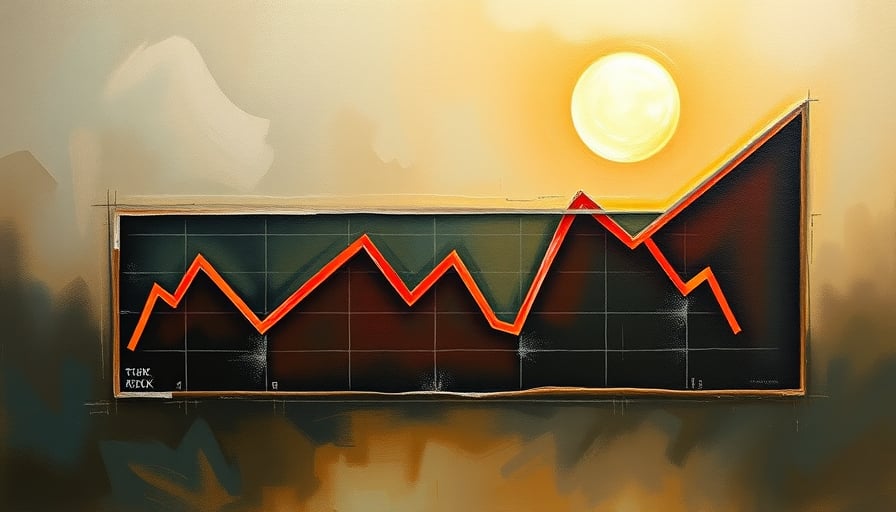Charter Communications Inc: A Case Study in Investor Missteps Amid Market Volatility
The latest market close saw the Nasdaq 100 slipping 0.36 % to 24,657.24 points, a decline that reverberated across the broader index. In this environment of cautious trading, Charter Communications Inc. (NASDAQ: CHA) offers a stark illustration of how a seemingly stable investment can erode in value when the broader market tilts against it.
Charter’s Historical Performance and Current Reality
- Last Close (2025‑10‑16): $253.16
- 52‑Week High (2025‑05‑15): $437.06
- 52‑Week Low (2025‑10‑16): $251.23
- Market Cap: $34.6 billion
- Price‑to‑Earnings Ratio: 6.36
These fundamentals paint a picture of a company that, on paper, appears reasonably valued. Yet, the deeper look at investor returns tells a different story.
The 3‑Year Investment Loss
A recent article on finanzen.net dissected an investment made three years ago at a price of $331.69 per share. An investor who had placed $1,000 into Charter A shares would have owned 3.015 shares today, translating to a portfolio value of only $769.82. This represents a loss of 23.1 % relative to the original outlay. The decline is even sharper when compared to the current share price of $255.30, underscoring a significant erosion of equity value over a relatively short period.
The loss is not merely a function of the share price decline; it is compounded by the fact that Charter’s dividend yield has remained modest, offering little cushion for investors. Even a modest appreciation in the stock price would have been insufficient to offset the initial loss over the three‑year horizon.
Market Context
While the Nasdaq 100 experienced a modest drop of 0.36 % on Thursday, the broader Dow Jones and S&P 500 indices were also under pressure. Finanza.lastampa.it reported a cautious sentiment on Wall Street, with banks and other financial institutions weighing heavily on market sentiment. In such a backdrop, sector‑specific underperformance can be magnified, as seen with Charter’s media and telecommunications services, which are often viewed as defensive but can still be vulnerable to macro‑economic shifts and regulatory changes.
Why Charter’s Value Declined
- Competitive Pressures – The media and cable industry continues to face intense competition from streaming services. Charter’s inability to capture significant market share in this shift has constrained revenue growth.
- Debt Burden – Charter carries substantial debt from past acquisitions, which limits flexibility in deploying capital for growth initiatives.
- Regulatory Environment – Potential regulatory scrutiny on broadband pricing and net neutrality could further constrain profitability.
These factors create a perfect storm that can depress share price even when broader indices perform modestly. Investors who bet on Charter’s “stable” nature have paid a steep price for their optimism.
What This Means for Investors
- Reevaluate Value Claims – A low P/E ratio does not automatically translate into a safe investment.
- Look Beyond Surface Metrics – Dividend yield, debt ratios, and competitive positioning must be scrutinized.
- Diversify to Mitigate Concentrated Risk – Relying heavily on a single “defensive” sector can expose investors to outsized losses when that sector falters.
Final Verdict
Charter Communications Inc. serves as a cautionary tale that even seemingly stable, low‑valuation stocks can deliver significant losses in a volatile market. The company’s recent trajectory, combined with macro‑economic headwinds, suggests that investors should proceed with caution and consider reallocating capital toward assets with clearer growth prospects and lower debt exposure.
